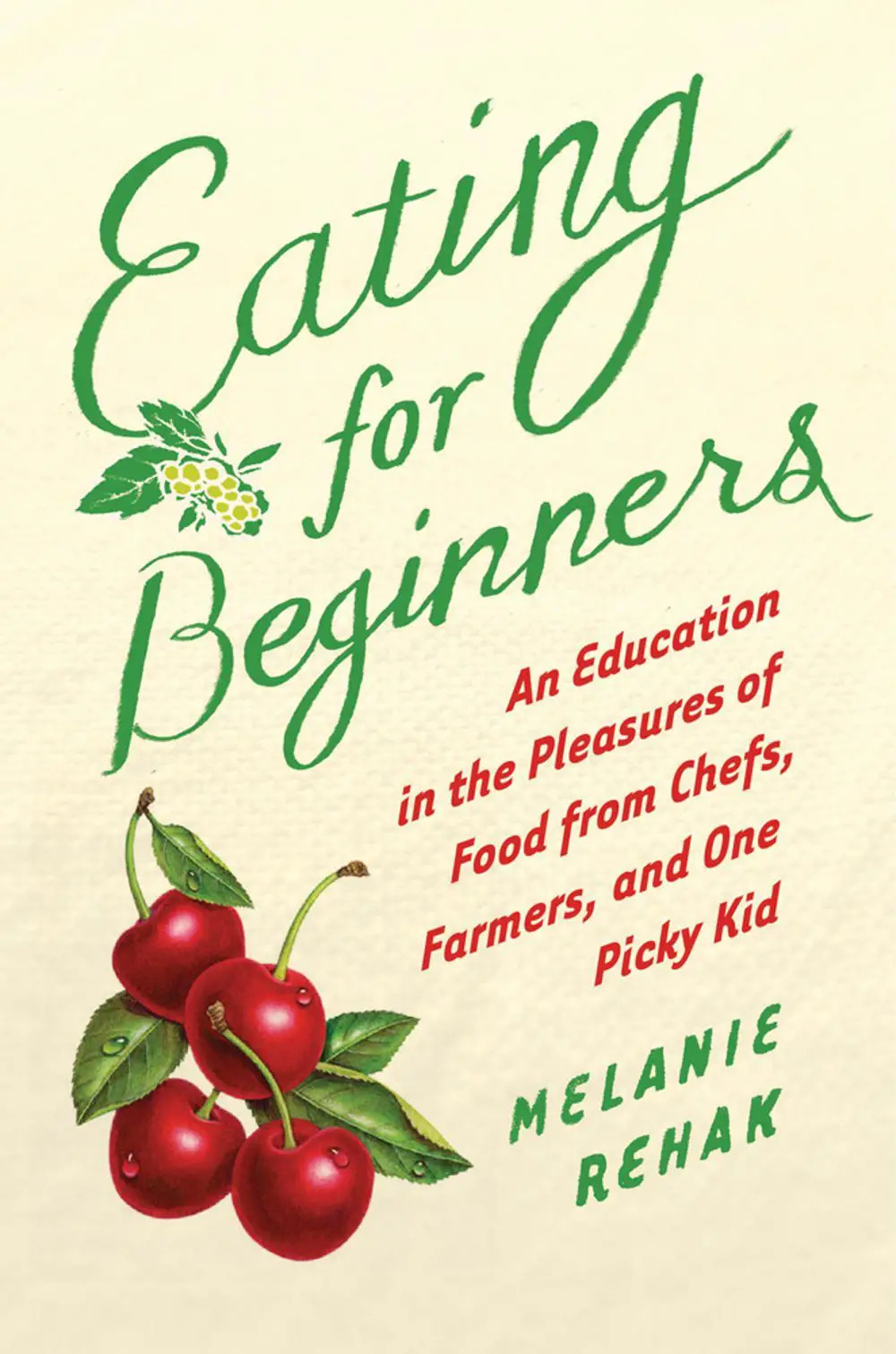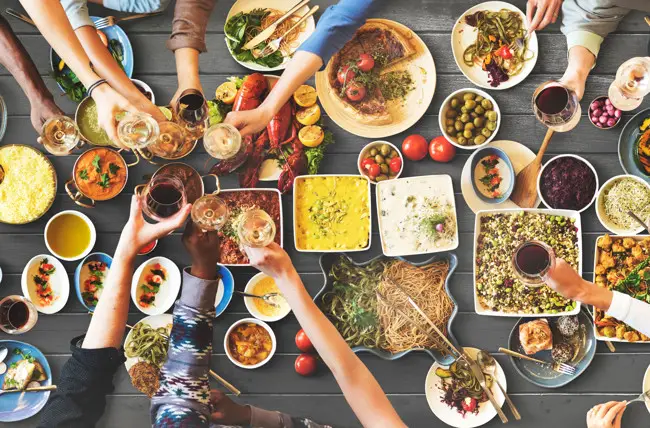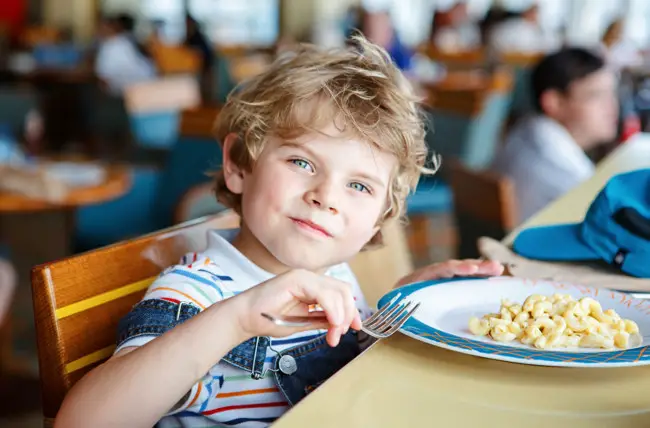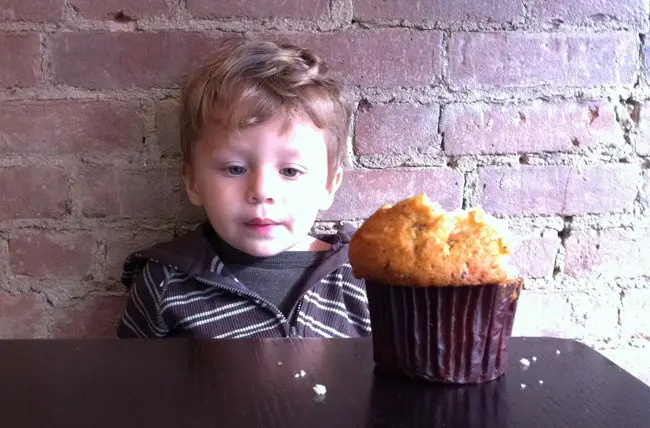Brooklyn mom Melanie Rehak thought she had food figured out until a picky eater arrived on the scene, in the form of her 1-year-old son. In “Eating for Beginners,” Rehak wrestles with the basic yet baffling question we face as the parents of 21st-century eaters: How do we make sure they’re eating organic, local, and sustainable foods?
 A few months after my son Jules turned 1, I started working in the kitchen of a small restaurant down the street from my apartment in Brooklyn called applewood (the lowercase being a choice the owners hoped would convey plenty in contrast to the sharp, aggressive point of the capital A they had forgone). This unexpected move prompted various raised eyebrows and one miscommunication that resulted in several of my husband Noah’s friends thinking I had gone belly up as a writer and needed alternate employment to help keep the family afloat. At a moment when many new mothers marvel at how quickly time passes or weep over outgrown onesies and booties, I instead endeavored to become, as the great food writer M. F. K. Fisher referred to herself in 1943, “the gastronomical me.”
A few months after my son Jules turned 1, I started working in the kitchen of a small restaurant down the street from my apartment in Brooklyn called applewood (the lowercase being a choice the owners hoped would convey plenty in contrast to the sharp, aggressive point of the capital A they had forgone). This unexpected move prompted various raised eyebrows and one miscommunication that resulted in several of my husband Noah’s friends thinking I had gone belly up as a writer and needed alternate employment to help keep the family afloat. At a moment when many new mothers marvel at how quickly time passes or weep over outgrown onesies and booties, I instead endeavored to become, as the great food writer M. F. K. Fisher referred to herself in 1943, “the gastronomical me.”
It was not, however, because I felt pangs of longing for the tiny (screaming, incomprehensible) baby who was gone forever. Nor did I do it because I had long harbored a secret desire to be on Top Chef, win thanks to my brilliant use of okra in all five courses of a meal including dessert, and open my own restaurant in a blaze of media glory.
I did it because I needed an education.
Parenting vs. Eating
 What really happened when Jules got old enough to eat was the unavoidable collision of two worlds of information — parenting and eating. To begin with, there, in the form of my baby son, was an actual person for whom I wanted to leave the planet in decent condition. That goal was no longer just a noble abstraction. Then there was the amazing fact that I had before me in a highchair someone who had literally never tasted anything, whose body had yet to be tainted by MSG in bad Chinese take-out, or clogged by palm oil “butter” on movie theater popcorn, or compromised by pesticide residue. I was unprepared for both the sheer weirdness of this — was it possible that I actually knew a person who had never eaten chocolate? — and the huge responsibility I felt to get it right. Yet I couldn’t imagine not feeding Jules the things that had brought me joy as a child, even though many of them were imported over long distances and very sugary. Some part of me resented the fact that something that should have been a pure pleasure, teaching a person to eat, was now so complicated.
What really happened when Jules got old enough to eat was the unavoidable collision of two worlds of information — parenting and eating. To begin with, there, in the form of my baby son, was an actual person for whom I wanted to leave the planet in decent condition. That goal was no longer just a noble abstraction. Then there was the amazing fact that I had before me in a highchair someone who had literally never tasted anything, whose body had yet to be tainted by MSG in bad Chinese take-out, or clogged by palm oil “butter” on movie theater popcorn, or compromised by pesticide residue. I was unprepared for both the sheer weirdness of this — was it possible that I actually knew a person who had never eaten chocolate? — and the huge responsibility I felt to get it right. Yet I couldn’t imagine not feeding Jules the things that had brought me joy as a child, even though many of them were imported over long distances and very sugary. Some part of me resented the fact that something that should have been a pure pleasure, teaching a person to eat, was now so complicated.
Just as I was embarking on my new food life at applewood, Jules became a child who, despite being born of a mother who once ate goat brains in Marrakech and a father who would happily live on kimchee and innards of innumerable varieties, wouldn’t eat anything. He wouldn’t eat eggs, meat of any kind, or cheese. Or pasta. Or toast. Yes, I said toast. In light of this (I know: toast), I suddenly felt that — all politics aside — it would be pure heaven to prepare food that would actually be appreciated by people who would actually eat it when it was served. People who would not throw it to the ground shouting “Da! Da! Da!” and demand yogurt for supper. And so, in addition to being the place where I learned about the pleasures and aesthetics and complications of cooking with local food and changing the menu daily, the place where I may have worked harder than ever before in my life, applewood became for me something all parents of small children secretly long for on occasion, even though we’re never supposed to admit it: an escape.
Knowing vs. Understanding
I began this project with a lot of other people’s ideas about food in my head — including what I’ve proven beyond a doubt to be the entirely false one that if you just offer children a variety of food, they’ll eat it (some children will, of course, but definitely not mine). By the end, I had my own ideas.
I picked produce at a farm upstate, I made cheese, I worked many 10-hour shifts in the applewood kitchen (and watched the owner, David, do the same after being up all night with one or both of his daughters). I rode through the night in a delivery truck after packing produce for hours in a frigid cooler room. I milked goats and went 50 miles out to sea on a fishing boat. These experiences taught me repeatedly that knowing something is true — we should eat as locally as possible, we should support small farms — and understanding why it’s true are two very different things. They also taught me about the pleasure, as opposed to the duty, in making these choices. Meanwhile my son, inveterate tosser of plates and refuser of cheeses, taught me that knowing what your child should eat — variety, organic — is useless in a face-off with a willful toddler, and that accepting that truth, just like eating the occasional strawberry in winter, has its place.
Like parenting, eating in 21st-century America is riddled with choices, challenges, great joy, and utter confusion. There’s no single right way to do either one, but if you’re lucky, you can learn to accept both on their own terms and live with the surprising results. On my first day in the kitchen at applewood, awed and daunted by all the French terminology (chinois, anyone?) and the gigantic utensils being thrown around, I was asked to pick herb leaves from their stems for garnishes. I sorted tarragon and chervil into white plastic containers that would be part of the mise en place — the ingredients prepared in advance for the chef’s use — near the grill. With the seriousness I thought befitted the moments just before dinner service began, I handed the fresh green leaves to David and watched him line them up with the rest of the evening’s necessities, which were in cylindrical plastic quarts on a bed of ice.
Then I noticed, next to the herbs I’d just sorted and the finely minced chives and flaky sea salt, a glistening pile of orange, red, yellow, and green Sour Patch Kids in an identical container. “Dig in!” David said to me, throwing a few into his mouth and turning back to the stove. And so I did.
Excerpted by permission from “Eating for Beginners: An Education in the Pleasures of Food from Chefs, Farmers, and One Picky Kid” by Melanie Rehak. ©2011 Houghton Mifflin Harcourt.
Also see: Graze on This: Vermont-Fresh Food Delivered to Your Door





















